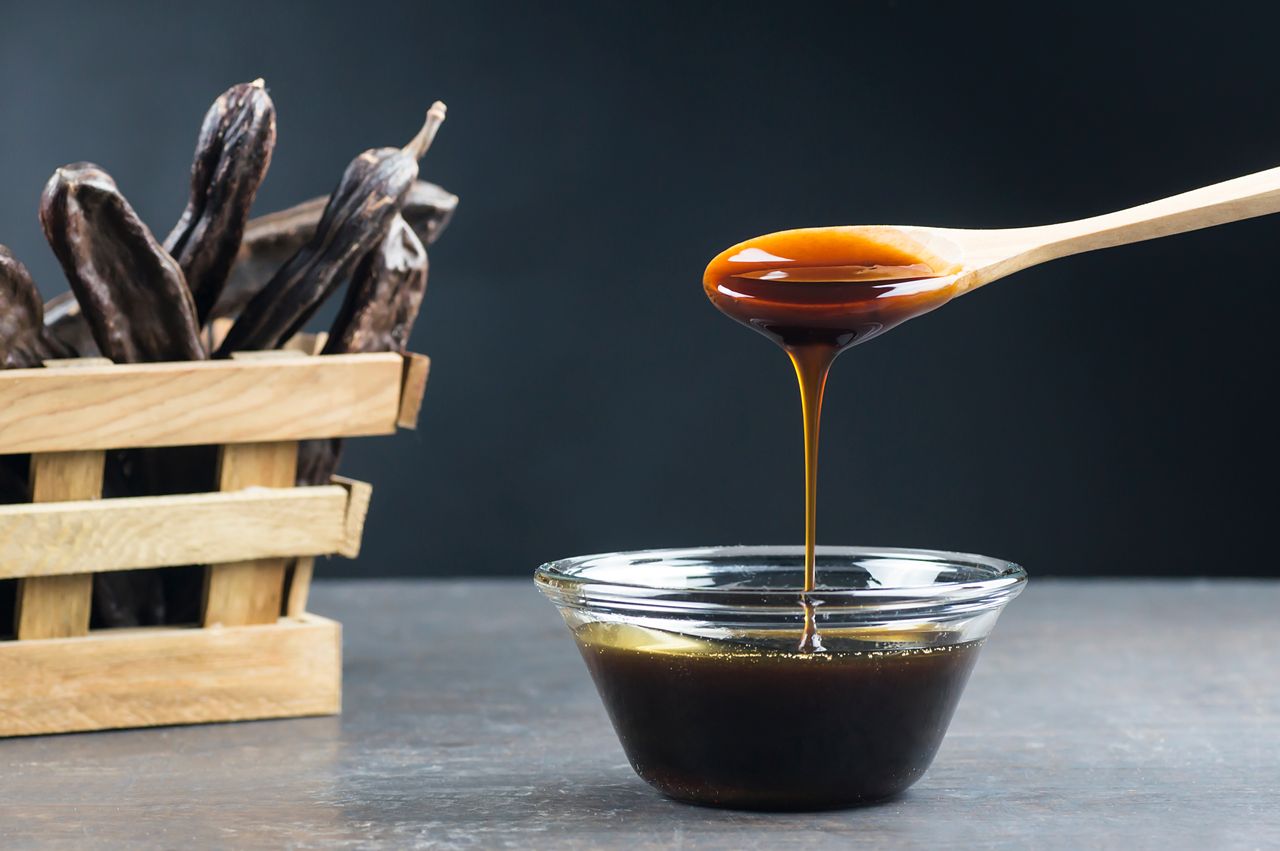

Articles
How To Store Molasses Long Term
Modified: January 6, 2024
Learn the best methods for storing molasses long term in this informative article. Discover tips to keep your molasses fresh and delicious for extended periods.
(Many of the links in this article redirect to a specific reviewed product. Your purchase of these products through affiliate links helps to generate commission for Storables.com, at no extra cost. Learn more)
Introduction
Molasses is a thick, syrupy byproduct obtained from the refining of sugarcane or sugar beets. It is widely used in baking, cooking, and as a natural sweetener. Due to its long shelf life, storing molasses long term is a common practice among homemakers and food enthusiasts.
However, improperly stored molasses can lose its flavor, texture, and nutritional value over time. To ensure that your molasses remains fresh and delicious, it’s essential to understand the factors to consider, proper storage containers, ideal storage conditions, and how to avoid contamination.
In this article, we will explore the key aspects of long-term molasses storage, including tips for extending its shelf life. Whether you’re an avid baker or just want to have molasses readily available for your favorite recipes, read on to learn how to store molasses and maintain its quality for an extended period.
Key Takeaways:
- Proper storage of molasses is crucial to maintain its flavor and nutritional value. Use air-tight containers, store in a cool, dark place, and avoid contamination to prolong its shelf life.
- Regularly inspect stored molasses for signs of spoilage and follow recommended storage guidelines. By maintaining proper conditions, you can enjoy fresh and delicious molasses for an extended period.
Read more: How To Store Molasses
Factors to Consider for Molasses Storage
When it comes to storing molasses long term, there are several factors that need to be considered to maintain its quality and freshness:
- Air-tight containers: Molasses is prone to absorbing odors and moisture from the environment. Therefore, it is crucial to store it in air-tight containers to prevent any external elements from altering its taste and texture.
- Container material: Selecting the right container material is essential for molasses storage. Glass, stainless steel, or food-grade plastic containers are ideal choices as they do not react with the molasses, preventing any chemical contamination.
- Temperature: Molasses should be stored at a cool and constant temperature. Avoid exposing it to extreme heat or cold, as temperature fluctuations can lead to spoilage or affect its consistency.
- Light exposure: Molasses is sensitive to light and can undergo chemical reactions when exposed to direct sunlight. It is advisable to store it in opaque or dark-colored containers to block any light and preserve its quality.
- Avoid moisture: Moisture is one of the main culprits behind molasses spoilage. Avoid storing molasses near humid areas or areas prone to water leaks. Moisture can lead to mold growth and fermentation, causing the molasses to go bad.
Considering these factors when storing molasses will help maintain its flavor, texture, and nutritional value for an extended period. Next, let’s explore the proper containers for molasses storage.
Proper Containers for Molasses
Choosing the right containers for storing molasses is crucial in preserving its quality and freshness. Here are some recommended options:
- Glass Jars: Glass jars are an excellent choice for storing molasses due to their non-reactive nature. They are easy to clean, ensure airtight sealing, and allow you to see the molasses level at a glance.
- Food-Grade Plastic Containers: High-quality food-grade plastic containers can also be used for storing molasses. Ensure that the plastic is labeled as food-safe and doesn’t contain any harmful chemicals that might leach into the molasses.
- Stainless Steel Containers: Stainless steel containers are another safe option for molasses storage. They are durable, do not react with the molasses, and provide good protection from light and air.
- Ceramic or Stoneware: Ceramic or stoneware containers can be used for molasses storage as long as they are glazed and food-safe. These containers offer excellent insulation and protection against moisture and light.
Whichever type of container you choose, make sure it has a tight-fitting lid or closure to maintain an airtight seal. This will prevent air, moisture, and other contaminants from affecting the molasses quality.
In addition to selecting the proper container, it’s essential to consider the ideal storage conditions for preserving molasses, which we will explore in the next section.
Ideal Storage Conditions for Molasses
To ensure the long-term storage of molasses, it is important to create and maintain the ideal storage conditions. Here are some key factors to consider:
- Temperature: Molasses should be stored at a cool and consistent temperature. The ideal temperature range for storing molasses is between 50°F to 70°F (10°C to 21°C). Avoid storing it in areas prone to extreme temperature fluctuations, such as near stoves or refrigerators.
- Humidity: Molasses should be stored in a dry environment with low humidity. High humidity can lead to moisture absorption, which can cause the molasses to become sticky or ferment. Keep the storage area well-ventilated and away from damp areas like the kitchen sink or dishwasher.
- Light: Protect molasses from direct sunlight or artificial light sources. Exposure to light can cause the molasses to deteriorate and develop off-flavors. Store it in a dark pantry or cabinet, or use opaque containers to block out light.
- Position: Store molasses in an upright position to prevent leakage and to ensure an airtight seal. This will also help maintain the molasses’ consistency and prevent it from drying out or becoming too thick.
- Location: Choose a storage location away from strong odors or substances that can transfer their flavors to the molasses. Keep it away from spices, cleaning products, or any volatile substances that could taint its taste.
By following these ideal storage conditions, you can extend the shelf life of molasses and maintain its quality for longer periods. However, it’s important to remain vigilant and take precautions to avoid contamination during storage, as discussed in the next section.
Avoiding Contamination during Storage
Contamination can quickly degrade the quality of stored molasses. To ensure its long-term freshness, it’s important to take necessary precautions to prevent contamination. Here are some tips to avoid contamination during molasses storage:
- Clean Storage Containers: Before storing molasses, make sure the storage containers are clean and free from any residues. Wash them thoroughly with warm, soapy water, rinse well, and allow them to completely dry before adding molasses.
- Tight Seals: Ensure that the containers have tight-fitting lids or closures to create an airtight seal. This will prevent any external contaminants from entering the molasses and affecting its quality.
- No Cross-Contamination: Avoid using the same utensils or scoops for different food items. Use dedicated utensils for molasses to prevent cross-contamination from other substances that may introduce harmful bacteria or flavors.
- Proper Handling: When handling molasses, make sure to maintain good hygiene practices. Wash your hands thoroughly before touching the molasses or handling the storage containers to avoid introducing any bacteria or impurities.
- Avoid Open Containers: It is best to store molasses in sealed containers rather than open containers like bowls or jars with loose lids. Open containers can expose the molasses to air, moisture, and potential contaminants.
By following these guidelines, you can minimize the risk of contamination and keep your stored molasses fresh and safe to consume. However, it’s important to keep in mind the recommended length of time for storing molasses, as excessive storage can lead to spoilage, as we’ll discuss in the next section.
Store molasses long term in a cool, dark place, away from direct sunlight and heat sources. Make sure the container is tightly sealed to prevent air and moisture from getting in. If stored properly, molasses can last for several years.
Read more: How To Store Opened Molasses
Length of Molasses Storage
Molasses has a remarkably long shelf life due to its high sugar content, which acts as a natural preservative. When stored properly, molasses can maintain its quality for an extended period of time. However, it’s important to be aware of the recommended length of molasses storage to ensure its freshness and flavor.
The general guideline for storing molasses is to consume it within 1 to 2 years of the manufacturing date. This duration can vary slightly depending on the type of molasses and the storage conditions. However, it’s always recommended to check the label for any specific instructions provided by the manufacturer.
Over time, molasses may darken in color and develop a stronger flavor due to natural oxidation. This is a normal occurrence and does not necessarily indicate spoilage. However, if you notice any mold growth, off-putting odor, or change in texture, it is a sign that the molasses has gone bad and should be discarded.
It’s worth noting that the shelf life of molasses can be extended by storing it in optimal conditions, as discussed earlier in this article. By keeping it in a cool, dry place, away from light and contaminants, you can help prolong its freshness and quality.
It’s also a good practice to regularly inspect your stored molasses to ensure its integrity. Check the containers for any signs of damage, leakage, or unwanted pests. Additionally, if you notice any changes in texture, consistency, or taste, it’s advisable to dispose of the molasses and replenish your supply with fresh stock.
In the next section, we will explore some signs that indicate molasses spoilage, helping you determine when it’s time to discard it.
Signs of Molasses Spoilage
Molasses is a versatile and long-lasting sweetener, but it can spoil if not stored properly. It’s important to be able to recognize the signs of molasses spoilage to ensure that you are consuming safe and high-quality product. Here are some common indications that molasses may have gone bad:
- Mold Growth: If you see any fuzzy or discolored patches on the surface of the molasses, it is a clear sign of mold growth. Mold can alter the taste and texture of molasses and may pose health risks if consumed.
- Off-putting Odor: Spoiled molasses will emit an unpleasant or sour odor. If the molasses has a rancid or foul smell, it is best to discard it.
- Change in Texture: Fresh molasses has a smooth and syrupy consistency. If you notice any clumps, separation of liquid and solids, or an excessively thick or grainy texture, it could be a sign of spoilage.
- Color Changes: While molasses naturally darkens over time, if you observe a significant change in color, such as a greenish or black hue, it may indicate bacterial or fungal growth. In such cases, it is advisable to discard the molasses.
- Unusual Taste: Spoiled molasses may have a strange or bitter taste. If the flavor is significantly different from what you would expect, it is best to avoid consuming it.
It’s worth noting that these signs of spoilage may occur before the recommended expiration date, especially if the molasses has been exposed to improper storage conditions or contamination. However, if the molasses appears and smells fine, and there are no noticeable changes in taste or texture, it is likely safe to consume even if it has surpassed the expiration date.
Remember, when in doubt, it is better to err on the side of caution and discard any molasses that shows signs of spoilage. Maintaining good storage and handling practices can help prolong the freshness of molasses and ensure that it remains safe for consumption.
In the final section, we will provide some tips on how to prolong the shelf life of molasses and keep it fresh for as long as possible.
Tips for Prolonging Molasses Shelf Life
To extend the shelf life of molasses and keep it fresh for as long as possible, consider the following tips:
- Store in a cool, dry place: Keep molasses in a cool and dry pantry or cupboard away from heat sources, direct sunlight, and humidity. Fluctuations in temperature and exposure to moisture can accelerate spoilage.
- Use airtight containers: Transfer molasses into airtight containers to prevent oxidation, moisture absorption, and contamination. Glass jars or food-grade plastic containers with tight-sealing lids are ideal options.
- Avoid cross-contamination: Prevent cross-contamination by using dedicated utensils or scoops for molasses. This helps prevent the introduction of bacteria or unwanted flavors into the container.
- Inspect and clean containers: Regularly check the storage containers for any signs of damage, leakage, or pests. Clean the containers thoroughly before refilling them to avoid any potential contamination.
- Keep away from strong odors: Store molasses away from strong-smelling substances like spices, cleaning products, and chemicals. Molasses can absorb odors, which may affect its flavor and quality.
- Rotate stock: If you frequently use molasses, rotate your stock by consuming the older bottles first. This helps ensure that you always have fresh molasses available and reduces the chances of spoilage.
- Follow storage guidelines: Pay attention to the recommended storage guidelines provided by the manufacturer. These suggestions may vary based on the type and brand of molasses, so be sure to read and follow the instructions accordingly.
By following these tips, you can help prolong the shelf life of molasses and ensure that it remains fresh for a longer period of time. However, always be mindful of the expiration date and signs of spoilage mentioned earlier in this article. When in doubt, it is best to err on the side of caution and discard molasses that show any signs of spoilage.
Now that you have a good understanding of how to properly store molasses and maintain its quality, you can confidently incorporate it into your favorite recipes without worrying about its freshness.
Conclusion
Proper storage of molasses is essential to maintain its quality and freshness for a long period. By considering factors such as the choice of containers, ideal storage conditions, and precautions against contamination, you can ensure that your molasses remains delicious and ready for use in your favorite recipes.
Using air-tight containers, such as glass jars or food-grade plastic containers, is crucial in preventing the absorption of odors and moisture. Storing molasses in a cool, dry place away from direct sunlight and fluctuations in temperature will help preserve its flavor and consistency.
Furthermore, avoiding cross-contamination, regularly inspecting and cleaning storage containers, and keeping molasses away from strong odors are effective measures to prevent spoilage. Following these tips will help you prolong the shelf life of molasses and maintain its quality.
Remember to be aware of the signs of molasses spoilage, such as mold growth, off-putting odor, changes in texture and color, and unusual taste. If you notice any of these signs, it’s best to discard the molasses to prevent any potential health risks.
By implementing these guidelines and paying attention to the recommended storage duration, you can enjoy the versatility and sweetness of molasses in your cooking and baking endeavors for an extended period.
With these tips in mind, you can confidently store molasses long term and embrace the convenience of having this delightful sweetener readily available in your pantry. So, go ahead and stock up on molasses knowing that you’re equipped with the knowledge to keep it fresh and delicious for all your culinary adventures.
Frequently Asked Questions about How To Store Molasses Long Term
Was this page helpful?
At Storables.com, we guarantee accurate and reliable information. Our content, validated by Expert Board Contributors, is crafted following stringent Editorial Policies. We're committed to providing you with well-researched, expert-backed insights for all your informational needs.
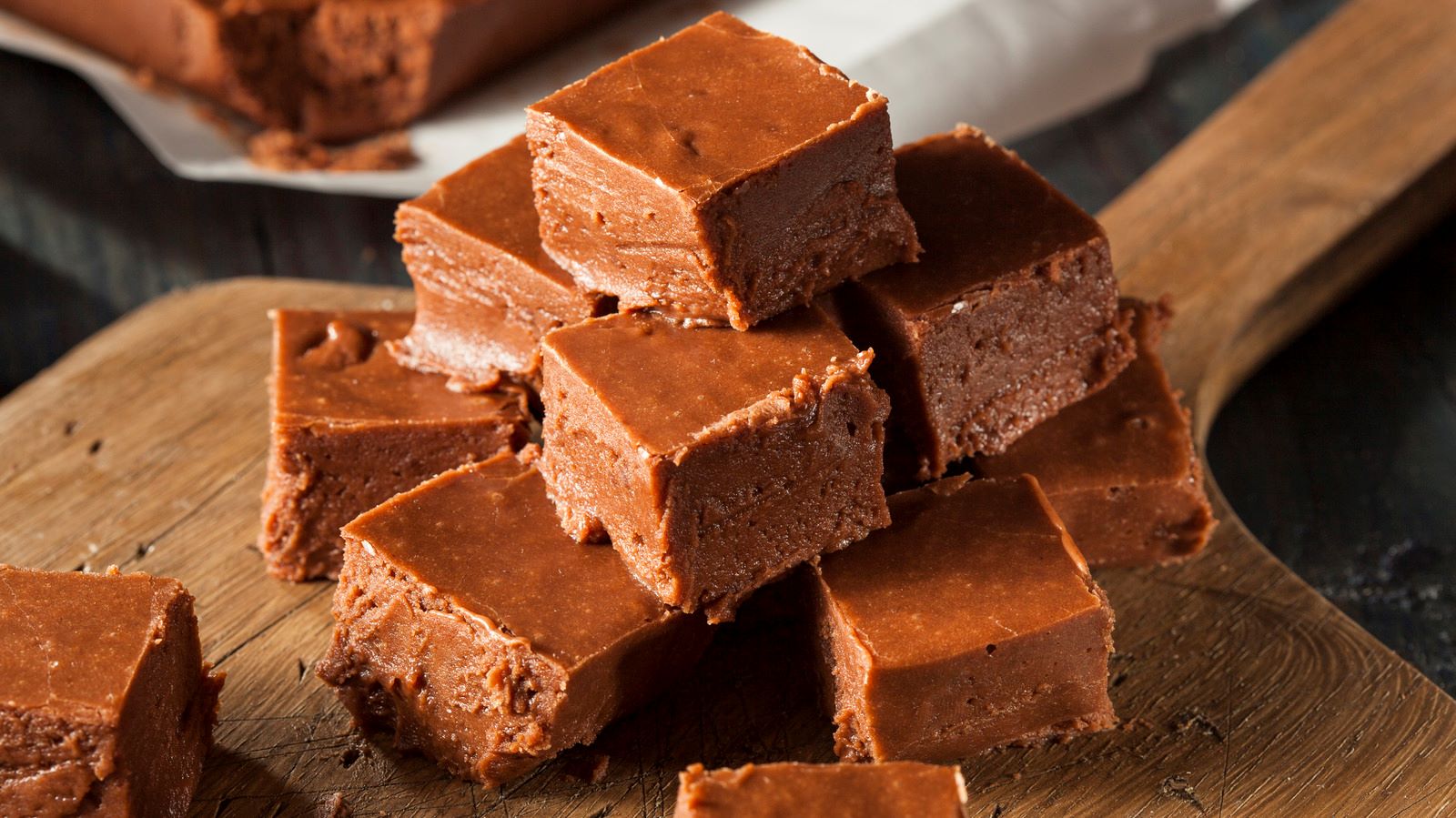






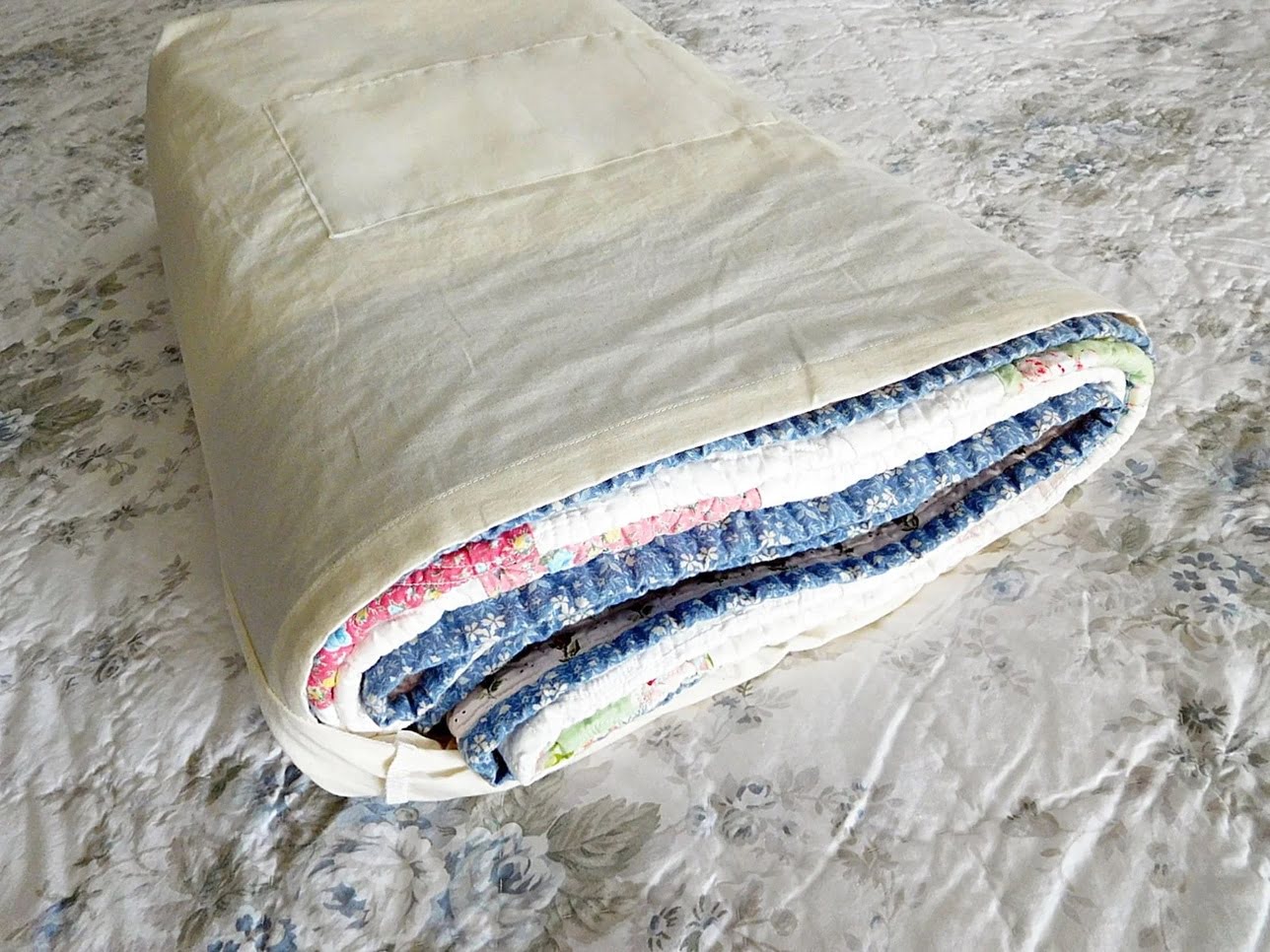

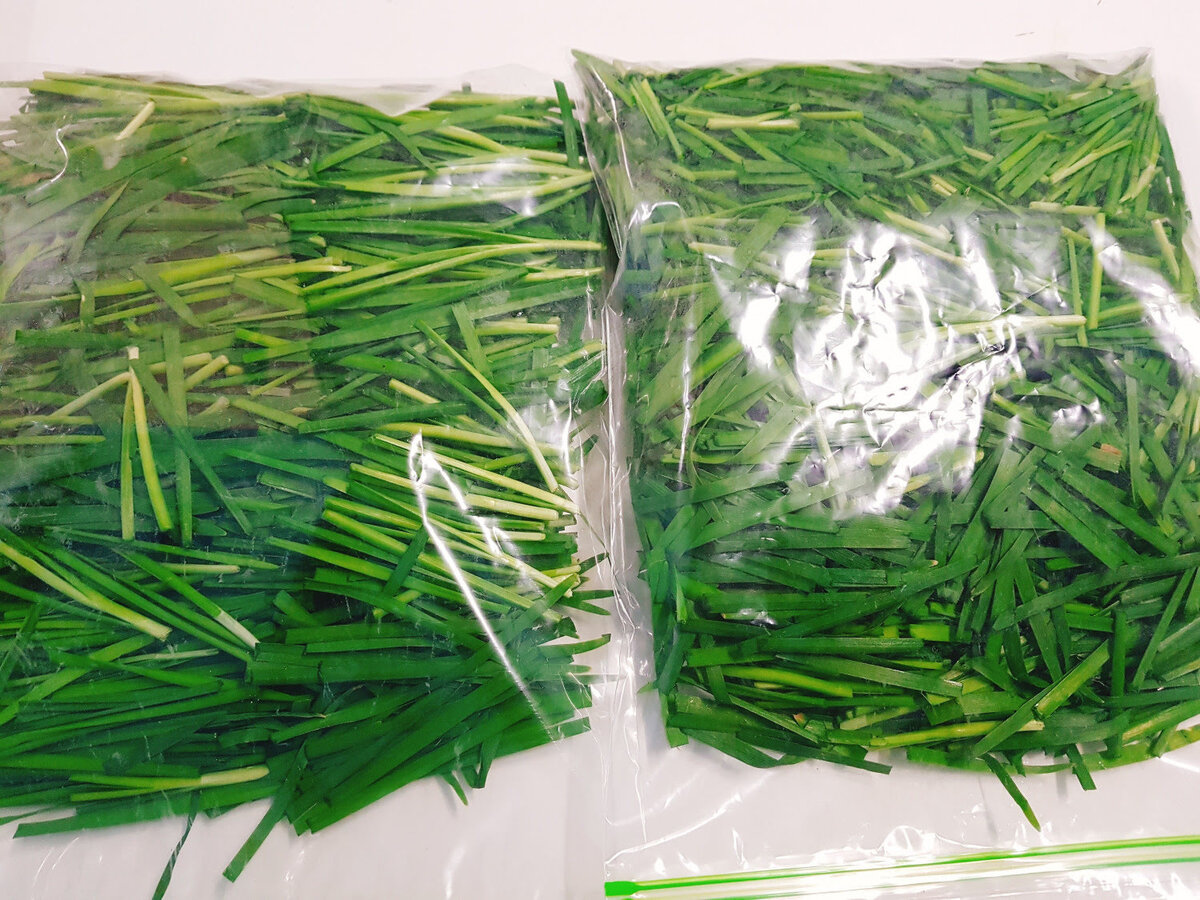
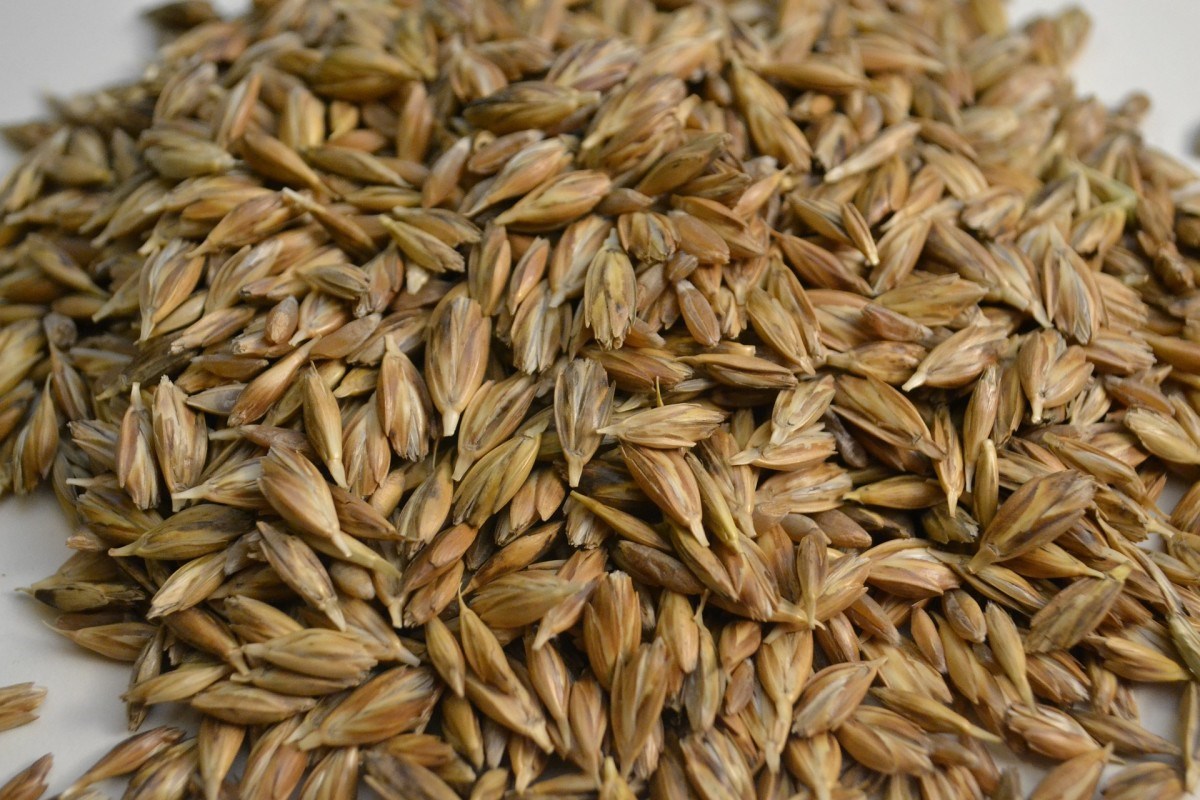


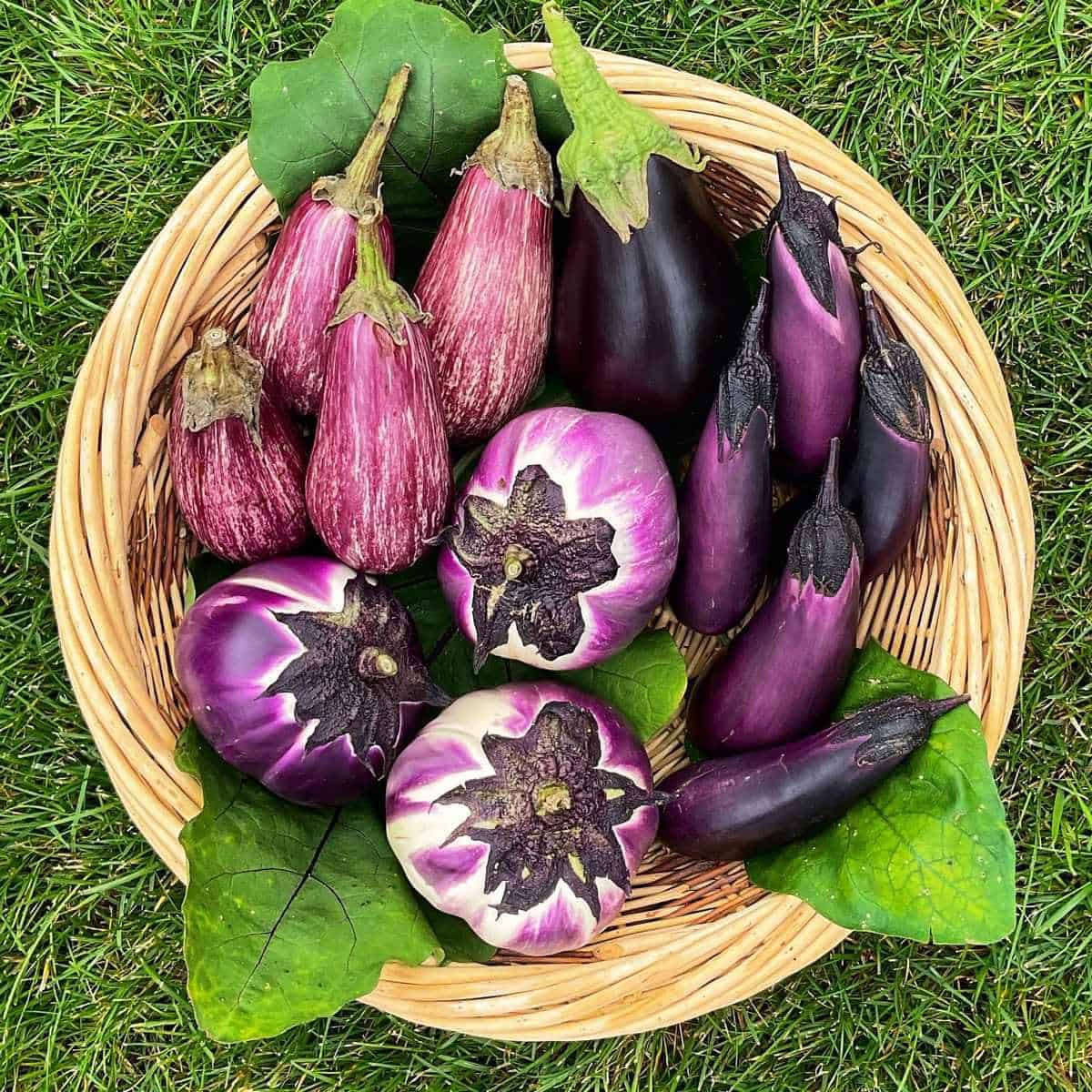

0 thoughts on “How To Store Molasses Long Term”